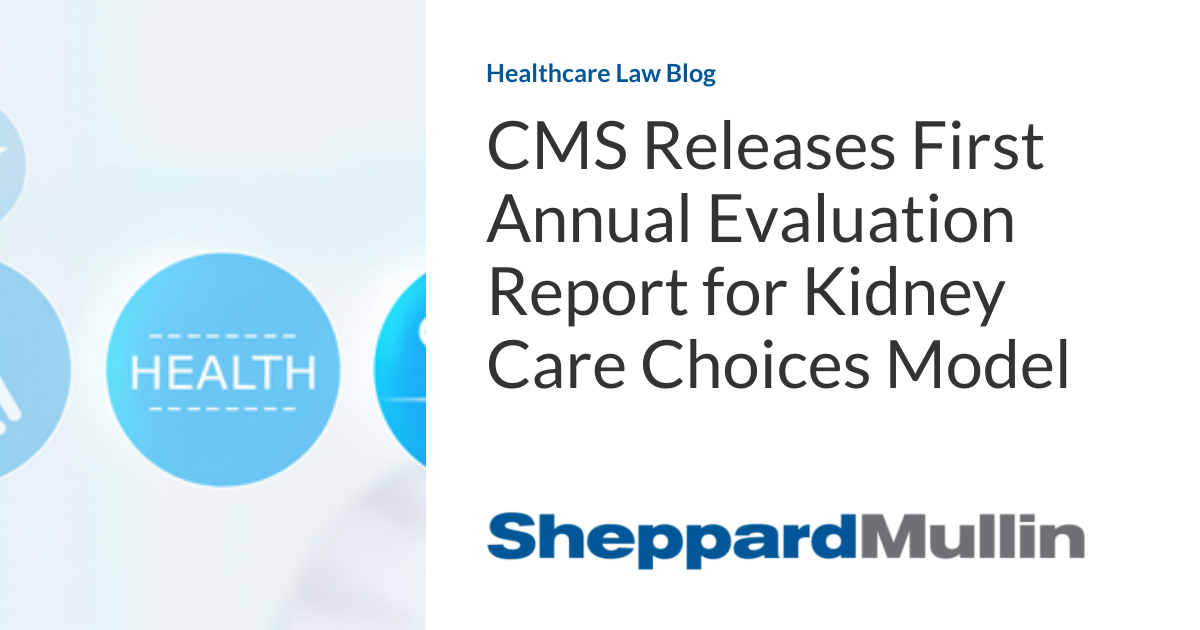Health insurance
How Health Insurance Premiums Are Calculated: Factors & Costs
[ad_1]
Health insurance premiums are the amounts paid, typically every month, to health insurance companies to maintain coverage for medical services. These premiums are critical to both the insurer and the insured, forming the backbone of the health insurance model. For businesses, particularly small businesses, understanding how health insurance premiums are calculated is vital to forecasting financial obligations and choosing the most cost-effective and beneficial plans for their employees.
What Are Insurance Premiums & How Do They Work
Setting these premiums is complex and influenced by various factors, which ensure that the insurance company can cover the projected costs of insured individuals’ medical claims. Health insurance premiums are calculated based on risk pools, groups of individuals whose medical costs are combined to calculate average expenses. Insurers use historical data and statistical algorithms to estimate the amount of money they will need to pay out for claims, adding a margin to ensure profitability and cover administrative expenses.
For small business owners, grasping how insurance companies set health premiums can lead to more informed decisions about which insurance plans to offer employees and how to manage the costs associated with those plans. Understanding these factors can also aid in negotiating better terms during the insurance selection process, ensuring businesses can secure the necessary health coverage without compromising their financial health. This knowledge is essential not only for budgeting but also for strategizing on benefits that align with both employee needs and business capabilities.
Factors Affecting Health Premiums
Several key factors influence how insurance companies set health premiums, each critical in the final cost to consumers and businesses. Understanding these can help explain why do health insurance premiums increase and what drives changes in these costs over time.
Demographic Factors
Demographics such as age, gender (where legally allowed to be considered), and location significantly affect health insurance premiums. Typically, older individuals are charged higher premiums because they are more likely to require medical services. Geographic location impacts costs due to differences in local healthcare prices and the prevalence of certain diseases or health conditions. For example, in 2023, the vast number of enrollees in employer-sponsored plans reflects a broad demographic mix, with 158,018,100 individuals or 48.7% of the U.S. population covered, indicating how widespread and critical employer-sponsored health insurance is.
Healthcare Utilization and Costs
The frequency with which healthcare services are used and the overall cost of healthcare in a region also play significant roles. Insurers assess past healthcare utilization to forecast future needs and set premiums accordingly. High utilization rates often lead to higher premiums.
Medical History and Risk Assessment
Individual medical histories, including pre-existing conditions and lifestyle choices like tobacco use, are critical in assessing risk. For instance, smokers may face higher premiums due to increased risks of health issues compared to non-smokers. This risk assessment helps insurers predict the likelihood of claims, influencing premium costs.
Plan Category and Coverage
The type of plan chosen also impacts premiums. Plans are categorized into levels such as Bronze, Silver, Gold, Platinum, and Catastrophic, each offering different balances between monthly premiums and out-of-pocket costs. Higher-tier plans like Gold and Platinum typically feature higher premiums but lower out-of-pocket service costs, appealing to those who expect higher medical usage.
Family vs. Individual Health
Premiums also vary depending on whether the coverage is for individuals or families. Family plans are generally more expensive than individual plans but less costly per person than individual coverage for each family member. In 2023, the average annual premium for employer-sponsored health insurance was approximately $8,435 for individuals and $23,968 for families, showcasing the substantial cost difference based on plan type.
Understanding these factors and what affects health insurance premiums helps businesses and individuals make more informed decisions about their health insurance options, potentially leading to cost savings and better coverage tailored to their needs.
Factors That Won’t Affect Health Premiums
While understanding how health insurance premiums are calculated involves examining many factors, it’s equally important to recognize what does not influence these costs. Certain aspects are legally prohibited from impacting premium calculations, ensuring fairness and accessibility in health insurance coverage.
Gender
Due to legal protections, gender cannot be used as a criterion for setting health insurance premiums. This change was solidified by implementing the Affordable Care Act (ACA), which prohibits discrimination based on sex, among other factors. This means that men and women in the same age group and location with similar health plans pay the same premiums, promoting gender equality in health care access and costs.
Current Health (Must cover pre-existing conditions)
Another significant factor that does not influence premiums is an individual’s current health, specifically concerning pre-existing conditions. The ACA requires that health insurance plans cannot charge higher rates or deny coverage to individuals based on their medical histories. This provision ensures that people with chronic conditions, past illnesses, or other health issues can access health insurance without facing financial penalties or exclusion.
These regulations are crucial in calculating health insurance premiums because they highlight the commitment to providing equitable health coverage without discrimination. By understanding these exclusions, businesses and individuals can better navigate the health insurance market, knowing their rights and the factors that should and should not affect their insurance costs.
Additional Considerations in Premium Calculations
Beyond the standard demographic and health-related factors, several other elements play critical roles in calculating health insurance premiums. These considerations help insurers determine the appropriate rates for different policyholders, considering various risks and regulatory environments.
Policyholder’s Profession and Lifestyle Risks
Certain professions and lifestyle choices can significantly impact premium costs. High-risk occupations like construction or mining may increase premiums due to the likelihood of filing health claims. Similarly, lifestyle risks like smoking or extreme sports participation can also affect premiums, reflecting the higher health risks associated with these activities.
Discounts and Incentives
Many insurers offer discounts or reduced premiums through wellness programs that encourage healthy behaviors among policyholders. These programs include discounts for non-smokers, rewards for regular health screenings, or financial incentives for participating in fitness activities. Such initiatives promote better health outcomes and reduce long-term healthcare costs, influencing how insurance companies set health premiums.
Regulatory Influences on Premiums
Regulations at both the federal and state levels profoundly impact health insurance premiums. Implementing the Affordable Care Act (ACA) introduced several mandates that insurers must follow, such as providing coverage for pre-existing conditions and essential health benefits. These regulations can increase insurers’ cost base, which may be reflected in consumer premiums.
State-Specific Insurance Regulations
State laws also dictate certain aspects of health insurance, including the approval of rates and the minimum coverage requirements. These regulations can vary significantly from state to state, affecting health insurance premiums differently across the country. Insurers must navigate these local regulations and incorporate them into their pricing strategies, which can lead to geographical variations in premium rates.
Market Dynamics and Competition
The level of competition among health insurers in a particular market can greatly influence premium costs. More competition typically drives down premiums as companies vie for policyholders. Conversely, health insurance premiums may be higher in regions with fewer insurers due to less competitive pressure.
Administrative Costs
The operational costs of administering health plans also contribute to overall premium pricing. These costs include marketing, billing, and claim processing, among others. Efficient management of these expenses can help insurers keep premiums more affordable, while inefficiencies might lead to higher costs for policyholders.
Understanding these additional factors is essential for comprehending why health insurance premiums increase and what affects them. By considering all these elements, businesses, and individuals can gain a more thorough insight into the pricing of health insurance and find ways to mitigate their premium costs.
Related: How Rising Inflation Affects Premium Costs
Strategies for Lowering Premiums
Reducing health insurance premiums is a priority for many small business owners and HR professionals looking to provide quality health benefits while managing costs effectively. Here are several strategies to help lower premiums and ensure you and your employees get the best possible value from your health insurance plan.
Shopping for Good Coverage
Shopping around and comparing different health insurance plans and providers is crucial. Look for plans that balance cost and coverage, ensuring that the essential health needs of your employees are met without overpaying for unnecessary benefits.
Finding the Right Type of Coverage
Select a health insurance plan that aligns with the specific needs of your workforce. Consider factors such as the demographics of your employees, their general health, and the type of medical services they are most likely to use. Tailoring the plan to these factors can prevent overspending on premiums for coverage that isn’t optimal.
Understanding Plan Coverage Details
Fully understanding the details of what a plan covers can prevent surprises and help manage costs. Pay attention to deductibles, out-of-pocket maximums, copayments, and coinsurance, as these can significantly affect the overall cost of a plan.
Considering Low Premium Options
Sometimes, opting for plans with lower premiums and higher deductibles makes sense, especially if your employees are generally healthy and have lower medical utilization. These plans can be combined with Health Savings Accounts (HSAs) to provide a cost-effective solution that benefits both employer and employee.
Utilizing Tax Credits and Subsidies
Small businesses that provide health insurance to their employees may qualify for tax credits under the Affordable Care Act (ACA). These credits can substantially lower the cost of premiums. Additionally, exploring subsidies available for small businesses can further reduce insurance costs.
Exploring Risk Pool Options
Joining a larger risk pool can help decrease premiums. Small businesses can join group insurance arrangements that pool the risk among more employees, leading to lower premium costs due to the spread of risk across more individuals.
Managing Healthcare Costs and Utilization
Encourage wellness programs and preventive care among your employees. Healthier employees tend to use fewer healthcare services, which can help keep premium costs down. Implementing wellness programs that promote healthy lifestyles and regular check-ups can reduce long-term healthcare costs and, therefore, insurance premiums.
By implementing these strategies, businesses can proactively manage and reduce health insurance premiums, ensuring financial efficiency while maintaining comprehensive employee coverage.
Related: What To Do When Group Health Insurance Premiums Keep Going Up
How Take Command Enhances Health Benefit Solutions and Cost Management
As businesses strive to manage and reduce health insurance premiums, partnering with an expert in health benefits administration like Take Command can provide significant advantages. Specializing in Health Reimbursement Arrangements (HRAs), Take Command helps businesses tailor health benefit solutions that are not only cost-effective but also tax-advantaged. By effectively managing HRAs, Take Command ensures that small business owners can offer personalized, flexible health benefits that meet the unique needs of their workforce while maximizing cost savings. This approach helps control healthcare costs and enhances the overall value of health benefit packages, making them more advantageous for employers and employees.
[ad_2]
#Health #Insurance #Premiums #Calculated #Factors #Costs
Source link









